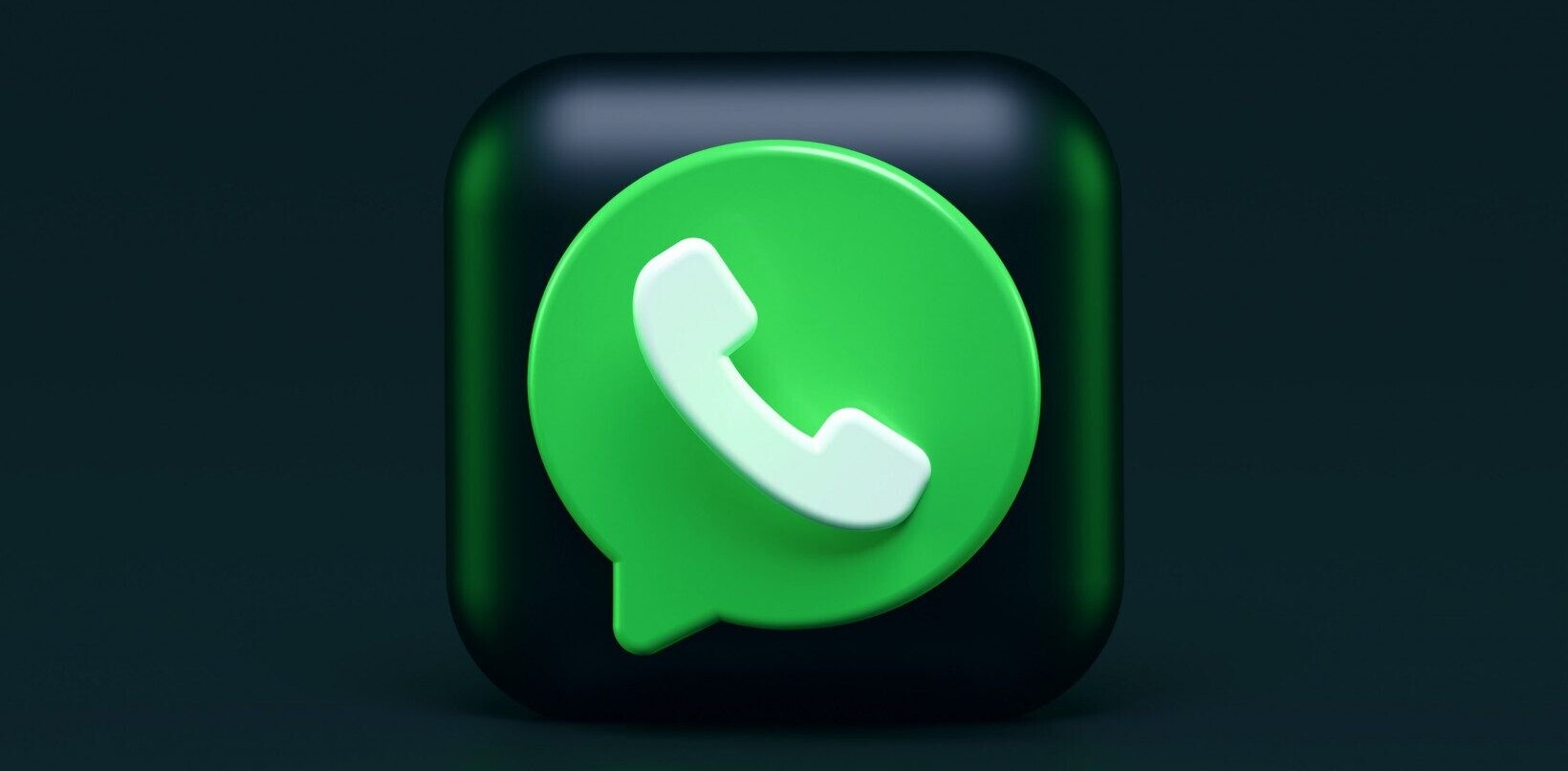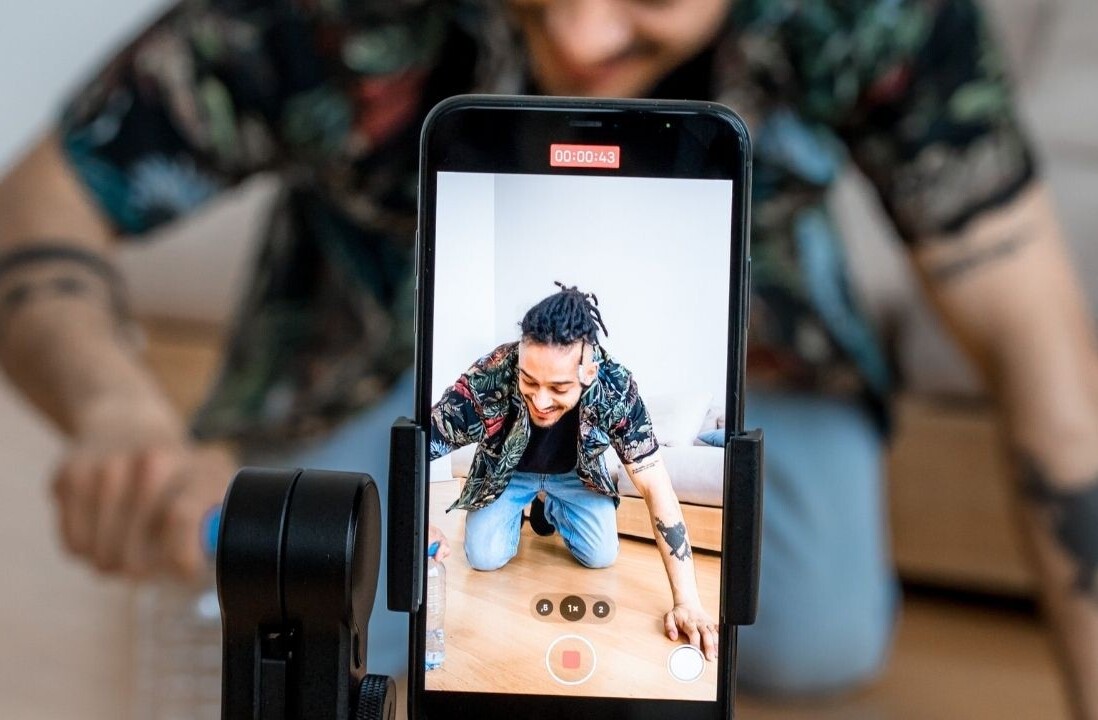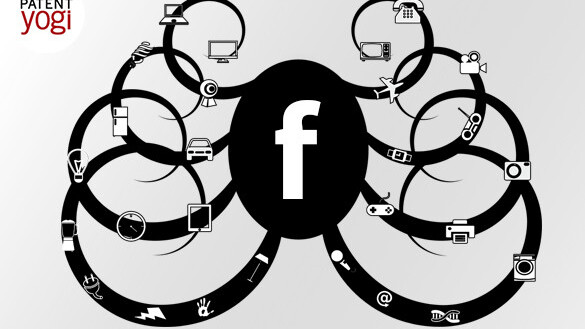
This week, the US patent office issued 6,769 patents. Each patent adds a little something new to the human knowledge base. As we cannot list all five thousand, the PatentYogi team has selected the six most interesting patents.
Boeing achieves low energy transfers in space travel

It works by determining an optimal trajectory with low fuel/propellant use and fast flight times.
The optimal trajectory includes an optimal LT trajectory portion selected from a stable manifold trajectory and an optimal HT trajectory selected from a manifold of bridge orbit arcs.
It exploits the fact that the spacecraft will almost need no fuel to go into orbit about L2, as the spacecraft will be ballistically captured in a weak stability boundary region about L2O.
Using this technique can reduce the number of maneuvers to be performed while getting from LEO to L2O by as much as 20 percent with a flight time of as less as six to seven days.
NASA helps athletes “get in the zone” quickly

NASA’s patented technology includes a portable device (such as a head-mounted display) that provides performance-enhancing biofeedback training to the trainee. The novelty of the solution is that it tightly embeds the biofeedback training in the actual task whose performance is to be improved. Further, the training is operational in real-time, precisely at the moment when a task or exercise, such as an athletic or military maneuver, is required to be performed. Therefore, the players can use the technology during practice before the match to get in the zone.
The patented technology can help players accomplish various tasks including putting in golf, foul shooting in basketball, serving in tennis, marksmanship in archery or on a gunnery range, shooting pool or even throwing darts.
Smart Ring
Patent Number – US 20160077587
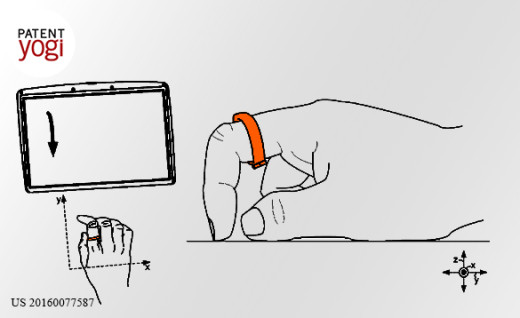
The smart ring includes a flexion sensor to detect a pose of the finger. This enables the smart ring to interpret movement of the finger and the fingertip. The smart ring wirelessly transmits information related to the pose and movement of the finger to control any companion device.
Thereby, the smart ring allows a user to use her finger to control the companion device.
It will be a big relief for users if a single device can be used to control all devices
Disney patents animated books

Disney’s patented books include a number of physical pages. Further, one or more projectors are embedded in the rear cover of the book. The projectors project light based on the page opened by the user.
Users can also interact with the content using voice or touch based inputs. For example, the elf is projected by the projector on a page of the book. When user touches the page, the projector shifts the projection of elf accordingly.
Facebook wants to be IoT command center
Patent Number – US 20160080389
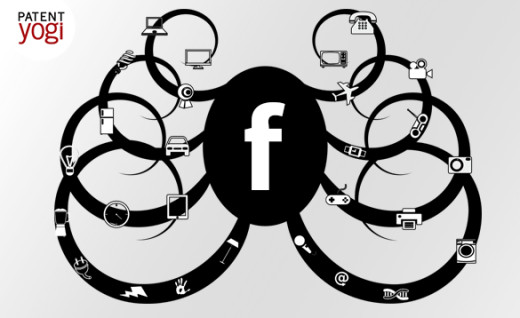
The patented technology will enable users to send control signals to multiple client devices using Facebook’s platform. This will help users avoid installing multiple apps for various devices. Further, users will be able to conveniently share control of a device with other users in their network on Facebook.
IOT devices are expected to become ubiquitous wherein each user will have control of various devices at home, car, office etc. If Facebook is successful at becoming a central point of access to client devices, Facebook will be able to integrate more closely with our lives. It would become a platform to control daily life and not just personal relationships.
IBM patents social media karaoke
Karaoke is a social entertainment activity where amateur singers sing along to selected music. In offline scenarios, singers receive immediate feedback from spectators who evaluate the singer’s live performance. IBM wants to bring a similar experience to online social karaoke applications.
The patented system provides immediate audience sentiment feedback to singers. For example, the system analyzes facial expressions of listeners to generate feedback that is conveyed to a singer in real-time. The singer can then try to improve content creation in response.
The patented system would be a boon for all bathroom singers!
Get the TNW newsletter
Get the most important tech news in your inbox each week.

